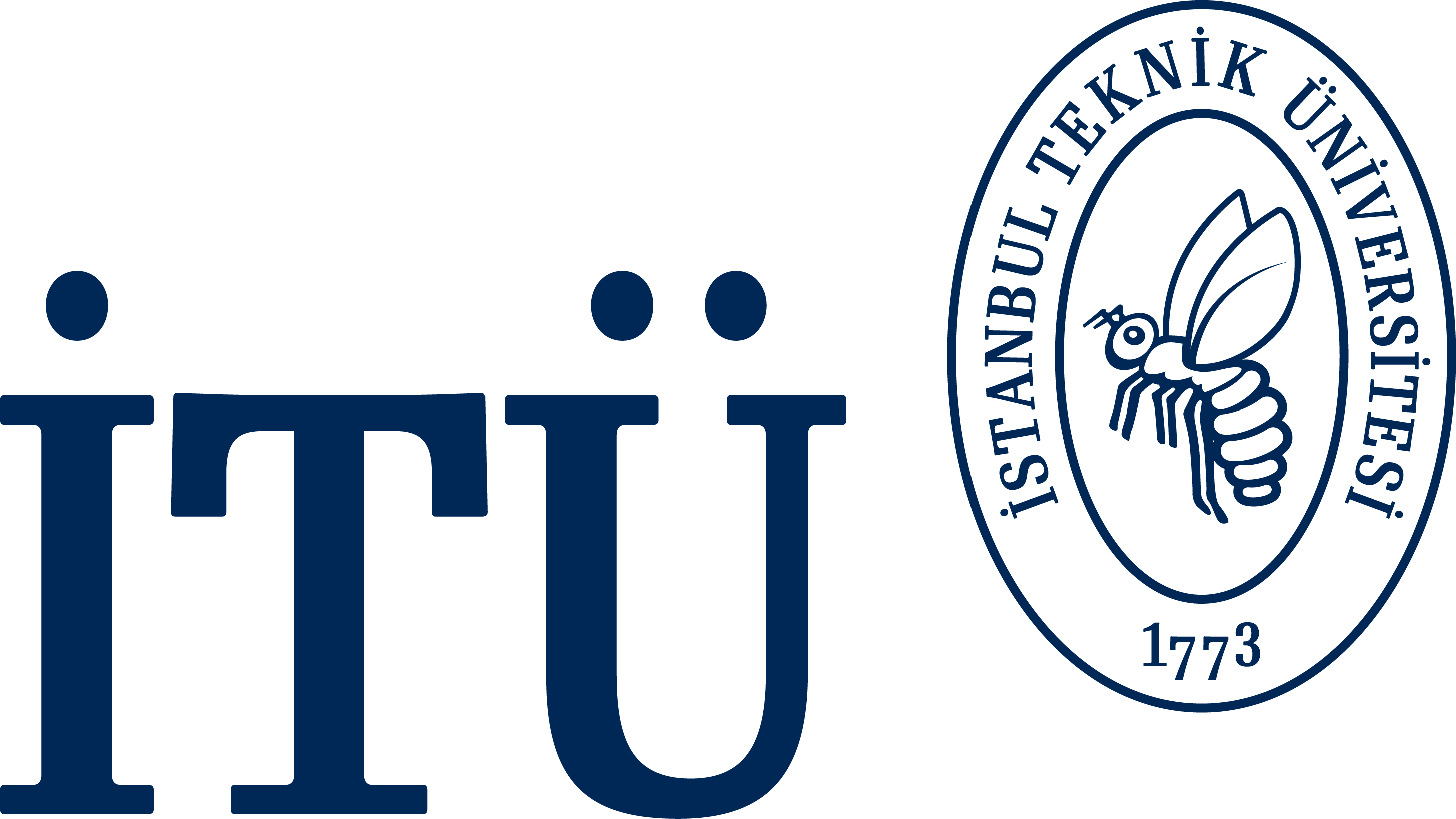
|
DERS PROGRAMI FORMU
|
Son Güncelleme (Last Update)
30.01.2025
|
| Dersin Adı: Stokastik Adi Türevli Diferansiyel Denklemler | Course Name: Stochastic Ordinary Differantial Equations |
| Kod (Code) |
Yarıyıl (Semester) |
Kredi (Local Credits) |
AKTS Kredi (ECTS Credits) |
Ders Uygulaması, Saat/Hafta (Course Implementation, Hours/Week) |
||
| Ders (Theoretical) |
Uygulama (Tutorial) |
Laboratuvar (Laboratory) |
||||
| MAT 425/E | 6,7,8 | 3 | 6 | 3 | 0 | 0 |
| Bölüm / Program (Department / Program) |
Matematik / Matematik Mühendisliği
(Mathematics / Mathematical Engineering) |
||
| Dersin Türü (Course Type) |
Seçmeli
(Elective) |
Dersin Dili (Course Language) |
Türkçe / İngilizce
(Turkish / English) |
| Dersin Ön Koşulları (Course Prerequisites) |
MAT 232-E / MAT 201-E / MAT 210-E min DD | ||
| Dersin Mesleki Bileşene Katkısı, % (Course Category by Content, %) |
Temel Bilim ve Matematik (Basic Sciences and Math) |
Temel Mühendislik (Engineering Science) |
Mühendislik / Mimarlık Tasarım (Engineering / Architecture Design) |
Genel Eğitim (General Education) |
| 70 | - | 30 | - |
| Dersin Tanımı (Course Description) |
Olasılık Uzayı ve Aksiyomları, Rassal Değişkenler, Merkez Limit Teoremi, Stokastik Süreçler, Wiener Süreçleri (Brown Hareketi), Ito Integralleri, Ito Türev Teoremi, Varlık Ve Teklik Teoremi, Zayıf ve Kuvvetli Çözümler, Lineer ve Lineer Olmayan Stokastik Adi Diferansiyel Denklemlerin Çözüm Yöntemleri (Integrasyon Çarpanı, Parametre Değişimi, Ilk Integraller, Dönüşümler, vb.), Sayısal Yöntemler, Feynman-Kac Teoremi, Girsanov Teoremi, Fokker-Planck Denklemi ve Pawula Teoremi, Süzgeç Problemi. |
| Probability Space and Axioms, Random Variables, Central Limit Theorem, Stochastic Processes, Wiener Processes (Brownian Motion), Ito Integrals, Ito Derivative Theorem, Existence and Uniqueness Theorem, Weak and Strong Solutions, Solution Methods (Integrating Factor, Variation Of Parameters, First Integrals, Transformations, Etc.) of Linear and Nonlinear Stochastic Ordinary Differential Equations, Numerical Methods, Feynman-Kac Theorem, Girsanov Theorem, Fokker-Planck Equation and Pawula Theorem, Filter Problem. | |
| Dersin Amacı (Course Objectives) |
|
|
|
| Dersin Öğrenme Çıktıları (Course Learning Outcomes) |
Bu dersi tamamlayan öğrenciler aşağıdaki becerileri elde eder:
|
Students completing this course will be able to:
|